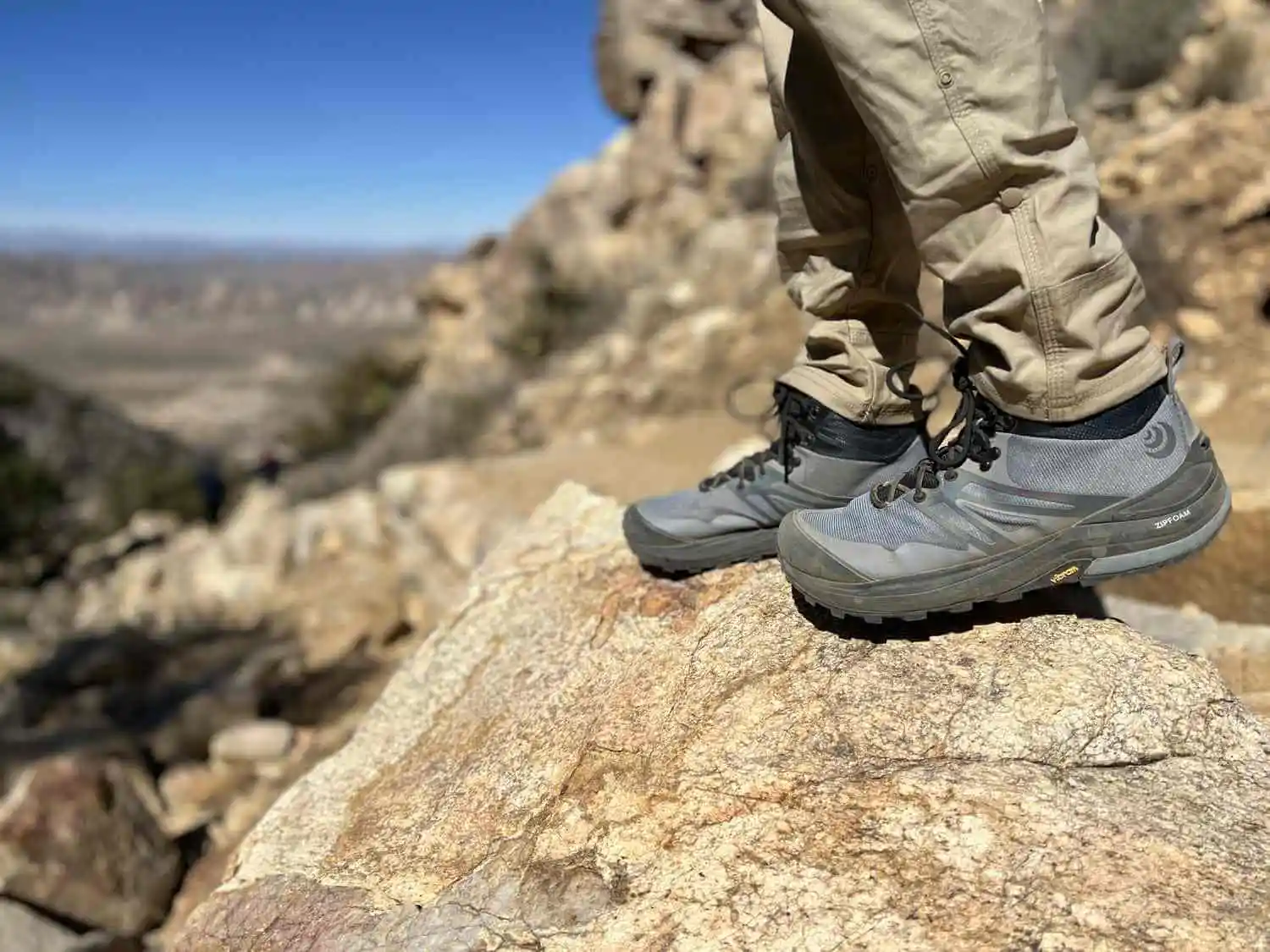How to Choose the Right Hiking Shoes for Men
Regardless of what type of hiking shoes or boots you choose, they should be broken in gradually before your first long hike. A few short walks around the neighborhood will allow your feet to get used to them and identify any areas of friction or discomfort.
A good shoe should always stay on your foot, even when laced tight (a recipe for blisters). Some hikers use aftermarket insoles like Superfeet Green to help reduce heel slippage.
Comfort
Proper hiking footwear can significantly differentiate between an enjoyable outdoor experience and a painful hike you can’t wait to get out of. However, finding a comfortable pair can only be easy if you’re careful. Explore brands known for their innovative cushioning technologies, like those known for plush midsoles and energetic rebound. Prioritize breathability. Imagine sweat-free feet, even on the hottest climbs. Breathable materials prevent moisture buildup, keeping your feet cool and reducing the risk of blisters. Look for mesh uppers and moisture-wicking linings for optimal comfort. Remember, comfort doesn’t have to break the bank. Utilize online resources and promo codes, for instance, the Hoka One One promo code, to find top-tier brands at affordable prices. By prioritizing fit, terrain cushioning, and breathability, you can unlock a world of comfortable exploration where every step is a pleasure, not a pain. Therefore, finding a pair that fits your foot correctly and provides adequate support to your heel is essential. The best hiking shoes should have a snug, supportive fit without being too tight. If you have wide feet, consider a pair of padded insoles to prevent them from rubbing against the insides of the shoe.
Make sure you choose a pair of hiking shoes with durable soles to ensure you have the support and stability you need while on your hike. Suppose you’re planning on something other than scrambling or carrying a heavy backpack. In that case, we are looking at lightweight trail runners with thick yet supportive cushioning and excellent traction. The best hiking shoes are supportive and comfortable fit without being too tight. If you have wide feet, it is recommended that you opt for a pair of padded insoles to prevent any rubbing against the sides of the shoe.
Durability
Whether you’re a seasoned hiker who regularly tackles rocky paths or an avid trail runner who logs big miles on your feet, your shoes will wear out over time. The goal is to find footwear that lasts as long as possible without sacrificing comfort, stability, and support.
Generally, hiking shoes with ankle support provide better protection. The stiffer soles offer stability on technical trails. In addition, a grippy rubber outsole with multi-directional lugs is essential for better traction on rocks and steep slabs. These features can be found on high and low-cut hiking shoes and some trail running models.
Durability is also a factor in choosing the right hiking shoes for men. Watta notes that traditional full leather footwear typically requires a long break-in period and can be heavy, but it provides the most durability and abrasion resistance. Conversely, lightweight nylon mesh is lighter and more flexible but less durable than leather. Before you buy hiking shoes or boots, try on various styles in an outdoor retailer with staff who specialize in the footwear they sell. Wear your usual hiking socks to more accurately assess the fit of a new pair of footwear.
Lightweight
The selection of hiking shoes and boots has ballooned as manufacturers specialize in footwear for specific purposes. A lightweight trail runner can offer hikers the best comfort and performance, primarily on established trails and not navigating complex terrain.
Whether you choose a shoe or boot, you must consider your needs and limitations. Consider the terrain you typically hike, the weight of the pack you carry, and your experience level. If you’re new to backpacking, starting with lightweight backpacks that can be worn as day hikers and upgrading to heavier, more durable models for long treks and multi-day expeditions is recommended.
Durability is also a significant consideration for most hikers. Consider a waterproof model if you plan to wear your shoes in wet conditions. Similarly, if you’re logging severe miles in your shoes, look for ones with firmer midsoles than those designed for jogging.
Style
Getting the proper footwear is essential for hiking safely. Many hikers who need to prepare or wear proper footwear -hurt themselves. For example, flip-flops can lead to blisters on the feet, ankles, and knees. The shoes should be made from sturdy, breathable materials and have features to protect the feet from rocks and other obstacles that can cause injuries. The soles should also be sturdy enough to provide stability on rocky terrain.
Hiking boots typically have a high-top collar to support the ankles on rocky trails and are waterproof to walk over stream crossings or puddles. They’re also thicker than shoes to protect from jagged rocks and other obstacles.
Experienced hikers may add insoles to their hiking shoes or boots for extra padding and a more snug fit. They might also employ a tying technique called Heel Lock, which tightens the heel cup and reduces slippage. Some footwear also features locking eyelets to help fine-tune the fit of the shoe or boot.







